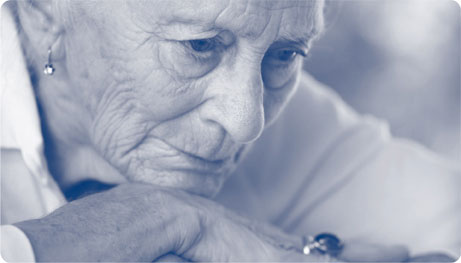Why focus on older women
The “Breaking the Taboo” projects focus particularly on women for several gender-related reasons. Generally, women are more likely to be in need of help and care which is due to their higher life expectancy. The aim of the project is it to counteract different forms of violence and abuse, ranging from abuse, neglect and psychological violence to physical injury. Empirical studies stress that violence against older women is highly shaped by gender-specific roles and power-relations. Thus it is gender-specific concerning its prevalence, forms and consequences. The first point indicates that there is a much higher prevalence of domestic violence among women both in earlier stages of life and in old age. Gender-related power differences furthermore influence the forms of violence and there is a higher risk of older women to be victims of sexual and sexualized violence. Also concerning the consequences of violence gender-specific outcomes are reported. The last relevant gendered aspect of the project Breaking the Taboo Two is related to the fact that the sector of social and health care is a so called “female” work sector and that a considerable number of female care workers might also be affected by gender-related forms of violence.
